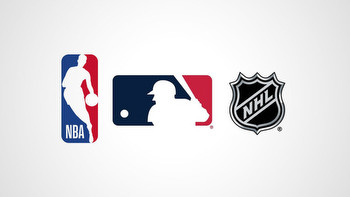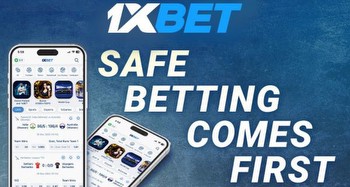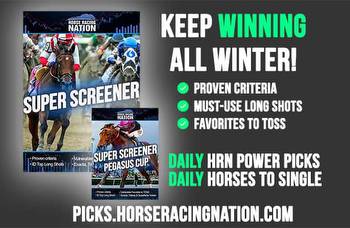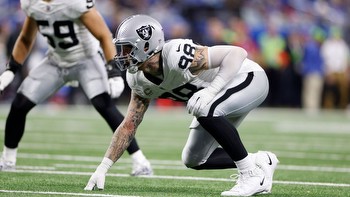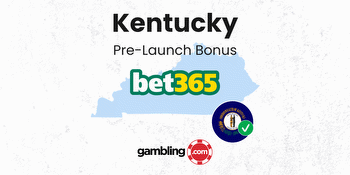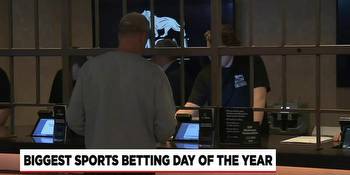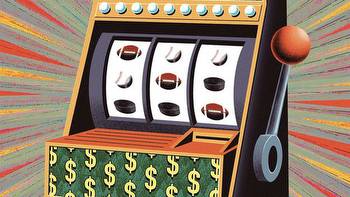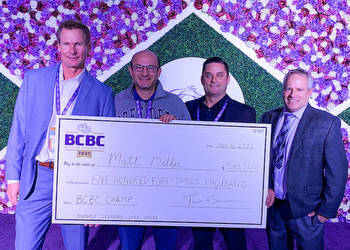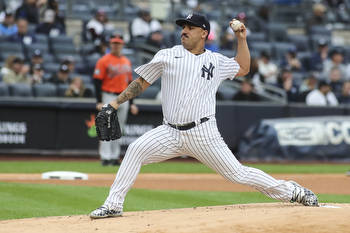MLB betting notebook: Risk deceleration, welcoming variance and budgeting emotional capital
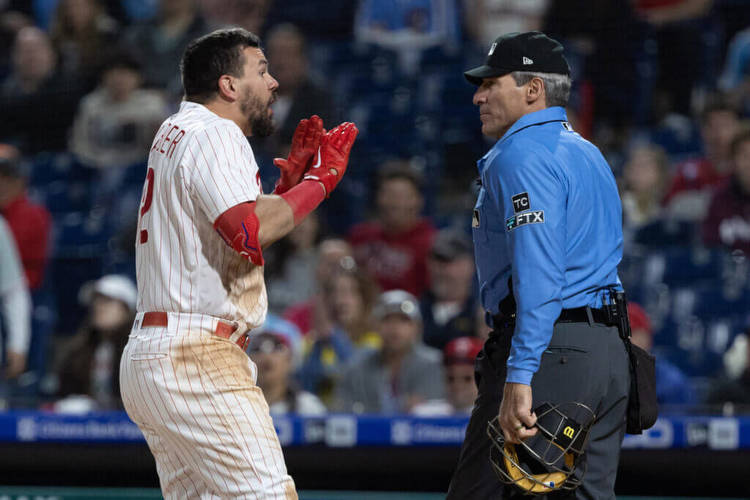
Welcome, one and all, to my MLB Betting Notebook here at The Athletic, and what I hope is the most fun you have learning about betting anywhere. If your thoughtful and astute feedback (which I thank you for and welcome more of) is any indication, then this series has spent the majority of its time circling the target. The point here is to learn — about betting, about risk, and most importantly about ourselves.
As I get older (someone just turned the big 4-0!), I’ve spent more time thinking about the irony in knowledge, hearkening back to Socrates’ classic “I am the wisest man alive, for I know one thing, and that is that I know nothing.” It’s ok to sometimes admit that we don’t know everything, and to what degree we’ve mastered this skill will be increasingly determinant in our own growth as sports bettors. As we progress deeper into daily betting, applying the lessons we’ve learned (like patience and backtesting) one thing we’ll immediately notice is the inherent variance. We’ve covered it briefly and I’m sad to say that, no, I don’t have the answer to variance, but I do have a few tricks up my sleeve… and a couple old sayings to go with them.
Protecting emotional capital
I kid about variance, but what else can we do? Complaining, tweeting at MLB, and screenshotting bad calls while hyperventilating are all a waste of time and have never resulted in reversing the outcome. I’ve described this in the past as emotional capital and it’s important to protect. That’s probably more of a story for another day, but the point is that our attitude matters. This business can be cruel and unrelenting, and that aspect cannot be ignored.
Part of my answer to most of these intangible problems appears in the form of compartmentalization. Let’s leave the nastiness of the industry aside for the time being and get into the stuff you can begin using today to make yourself a better bettor than you were yesterday. In my experience, the best way to deal with the inherent and uncontrollable swings in sports betting is to objectify your process. Now I’m not saying that a process — or even a great model — is the answer to solving variance through accuracy; that’s a fallacy. The reason for a backtested process is solely to remain consistent. We can’t see the immediate future, and sometimes losses get dealt out quickly and severely. This can potentially open the door to reactive behavior, as opposed to preplanned, proactive measures. There’s a famous Michael Hyatt quote that says it best, ”You have a choice in life. You can either live on purpose, according to a plan you’ve set. Or you can live by accident, reacting to the demands of others. The first approach is proactive; the second reactive.” A large part of my recommendation for betting on paper before using live cash revolves around setting this process. I can’t tell you exactly what yours should be (though I think later on in the season we will address building a beginner matrix). What I can say with certainty, from experience, is you’ll know you got it when you have completely stopped caring about the outcome.
Setting conditions for risk deceleration
Once you go live and some degree of losing begins (and sadly, it will) there can be no doubt in the road that got you there, or you risk your own sustainability. The worst thing you can do from a macro standpoint is “system-hop;” a term we use in trading to describe the trader who always has a new plan… and it’s no ordinary plan. It’s an innovative breakthrough and fail-proof strategy that’s never been thought of before. The problem? No one ever gets to find out about it because the process is never allowed to mature and be backtested; it’s abandoned at the first sign of failure for a new magic bean. Notice the running theme of consistency. If you constantly jump back and forth, hyperfocused on every minor move, you can easily miss the chance to capitalize on the greater overarching trend.
Let’s assume the need for that type of consistency is a given. I’m going to share a piece of advice very much ingrained in my own betting plan that’s outside the general norm. It’s boring, counterintuitive, easy to execute, and shows immediate results. When I want the rain to go away because Little Johnny wants to play, he takes his foot off the gas today. We can’t stop betting when we start losing, that wouldn’t be prudent. We do have to make money, after all. So I set conditions for risk deceleration into my plan; which is why it’s so crucial to have a plan IN WRITING. I found that setting a responsible daily allotment wasn’t sufficient to keep me efficient and in good spirits through sustained drawdowns. Losing two percent every single day takes a toll, so I combatted this by lowering my maximum daily risk as my account made new lows.
Let’s say we stick with the example above and we entered the season with our daily risk capped at two percent (two units). Sounds incredibly responsible, right? I’ve even had people tell me it isn’t nearly enough money wagered to move the needle. Well, if we were to completely whiff on every bet for the first six days, that account we were so focused on protecting would be down over 11%. Tack on another five days of losing, and that’s another 10% drop in the bankroll. We’re talking about the span of 11 days that seemingly just undid months of preparation and could totally throw off whatever long-term plan we had. And we were being responsible in terms of risk the whole time. Usually, somewhere in this theoretical 11-day landslide, the bettor has not only come apart emotionally, but those feelings have crept into the process they swore to defend and are beginning to affect it. I choose to take the more conservative road and implore you to do the same, always budgeting emotions as strictly as we budget our dollars. If I were to begin a venture with a two percent daily allotment, I would also begin the deceleration process once I’m down five percent, or in this case the third day. Where others would be doubling down, because they’re ”due” and deciding to zig, we have to zag. Rather than increase risk, I’d drop that daily maximum to one and a half percent, and guess what? If we end up down another five units, I’ll drop it again.
At this point in my career, I welcome the variance. I know it sounds nuts, but that’s where you need to get to. It would be impossible for you to be able to tell when I’ve had a good or a bad day betting from looking at or interacting with me; which also sounds nuts if you knew how much money I wager. The fact is, the sooner we accept what we cannot know, and solely focus on those things we can control, can we truly enter the right space to succeed for years and years to come. The best way to do this is through strict execution of a backtested process, but it’s one you must believe in absolutely, or those vulnerabilities will eventually lead to damage that can be avoided. When the roads get tough, pump the brakes. Lower risk, and make yourself the priority. If things still do pile up, find a positive method of expression or just shut down the computer and walk away if you can; you may find yourself coming back with a new outlook.
I hope you enjoyed this latest installment of my MLB Notebook. If there’s anything you have questions on, disagree with, or even would like me to expand on, please leave a comment below or follow my Twitter handle @MLBMovingAvg. Don’t forget to check out the Corked Stats audio podcast, and also the Corked Stats video series on YouTube at the Mayo Media Network.








